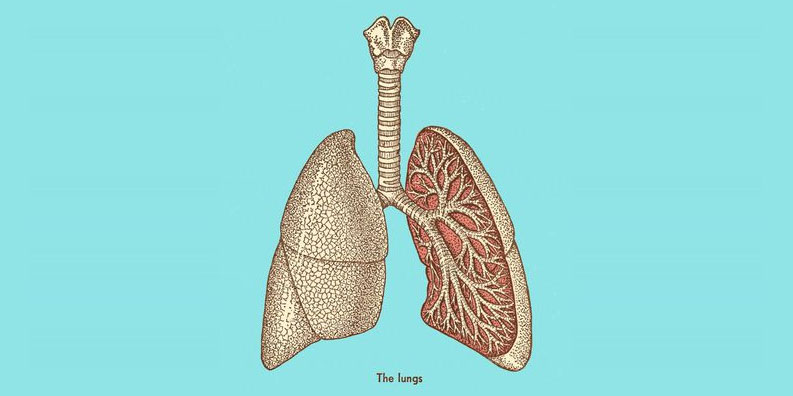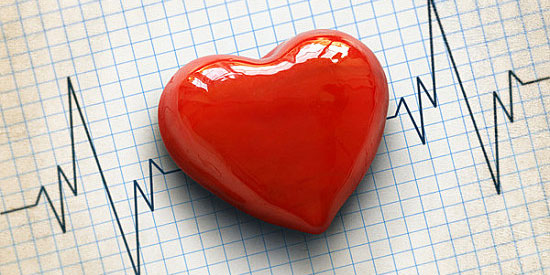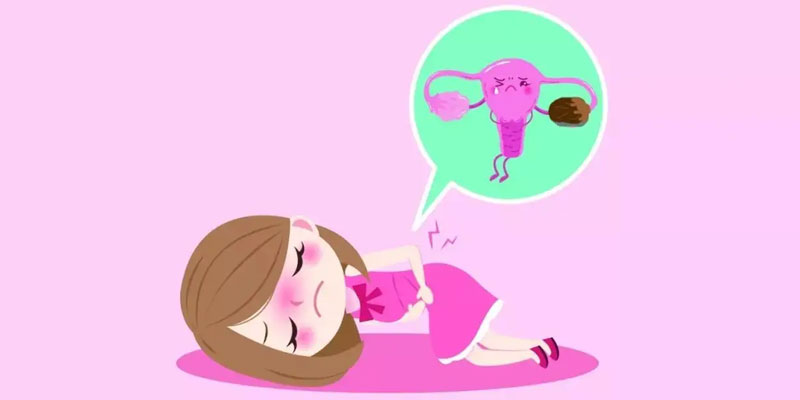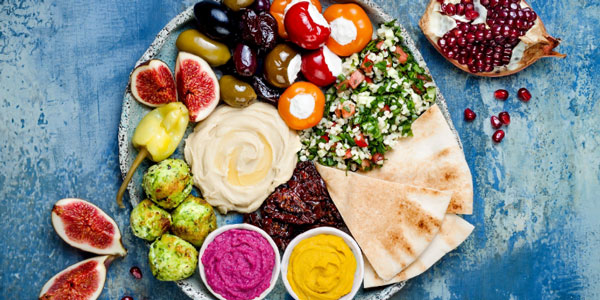
The 8 Best Diets for 2022
Jul 14, 2022
Advertisement
According to Amanda Beaver, R.D.N., a dietitian at Houston Methodist Wellness Services, "Eating a nutrient-rich diet can help us feel better and more energised, and it lets us know we are taking strides towards a healthier life." But when you start studying the best ways to lose weight, your head may spin with the many "wonder diets" out there, such as keto and paleo, a fast from 5-2!
And, of course, each of them has an army of real believers who post all over Instagram about how fantastic it feels to give up carbohydrates, sugar, meat, or dinner. It is not always easy to decide which option to test out first.
Eight diet plans were voted the best overall, and the bottom three in the overall rankings are listed below.
1. Mediterranean Diet
Last year's winner, this is a re-release. Mediterranean diets, which take their cues from the heart-healthy habits of Greece, Italy, Spain, and Portugal, include lots of beans, fruit, leafy greens, and whole grains, as well as healthy fats like avocado, olive oil, nuts, and fish at least twice a week. Except for cheese, red meat should only be eaten once or twice a week.
If you stick to a 1,500-calorie-a-day or less calorie intake, this diet can help you lose weight and reduce your risk of chronic disease and cognitive decline. Traditional Mediterranean diets or low-carb versions have resulted in weight loss of between 5 and 10 per cent over 12 months.
2. DASH Diet
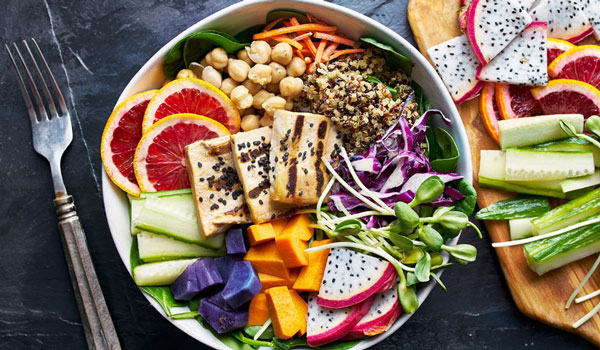
Many books have exploited the low-sodium Dietary Approaches to Stop Hypertension (DASH) diet for weight loss. Still, it was originally intended to assist people in managing their blood pressure without needing medications. Fruits, vegetables, grains, and low- or nonfat dairy are all emphasised in the DASH diet, which also restricts saturated fats and dietary cholesterol to a minimum.
DASH's heart-healthy regulations can help you lose weight and lower your blood pressure if you restrict calories while adhering to the diet's calorie guidelines. Obese older adults who followed the DASH diet shed weight and reduced body fat and a host of other health benefits.
3. WW (formerly Weight Watchers)
When your grandmother was trying to shed the postpartum pounds, she undoubtedly used this diet plan that was once known as Weight Watchers. Now that you can track your food intake by calorie count, saturated fat, sugar, and protein content, the new myWW+ app gives you more freedom to eat whatever you want as long as you stay within your daily point allowance. There is no limit to the number of zero-point meals you can eat. A point-tracking app and digital support are available for $3.22 per week; a personal coach and unrestricted access to meetings are available for $12.69 per week.
Weight Watchers (WW) has regularly been a safe and successful method of losing weight. Study participants randomised to W.W. were eight times more likely to lose 10% of their body weight over six months than those who tried to diet independently.
4. Vegan Diet
Vegans eschew all animal products, including dairy, eggs, and honey, going further than the usual vegetarian diet. In addition to the environmental and ethical concerns, some vegans seek weight loss with this diet. Going vegan has never been easier than it is now, thanks to the emergence of plant-based animal alternatives.
5. Flexitarian Diet

Compared to the vegan diet, the Flexitarian diet is a step backwards, says Dawn Jackson Blatner, R.D., author of The Flexitarian Diet and a nutritionist. "This is a plant-based diet, but it provides you the freedom to eat a hot dog at a baseball game or some turkey at Thanksgiving," she explains. A 5-week diet in Blatner's book provides 1,500 calories a day, but there are no hard calorie restrictions.
6. Intermittent Fasting
Intermittent fasting can be done in various ways: Some people eat whatever they want five days a week, then restrict themselves to a 500-calorie diet on the other two days; others limit their meals to an eight-hour window every day. For example, you could eat as much as you like between 8 a.m. and 4 p.m. and then go 16 hours without eating.
7. Volumetrics Diet
U.S. News &'' World Report consistently names Volumetrics as a top diet, and it was developed by Penn State nutritionist and professor Barbara Rolls, PhD. Here, the strategy is straightforward: Fill your plate with items high in nutrition but low in calories. Dieters plan their meals to include as many lower-density items as possible, starting with the lowest-energy foods (fruits, non-starchy vegetables, broth-based soups) and working their way up to the highest-energy foods (crackers, cookies, chocolate, almonds, and butter).
8. Plant-Based Diet
A plant-based diet, like a Flexitarian diet, doesn't have any hard and fast rules: Most of the time, you consume complete foods produced from plants, but you can indulge in a piece of chicken or a scrambled egg now again. So you're flipping the standard American diet on its head, making fruits and vegetables, beans and nuts and whole grains the star of the plate instead of the traditional meat and potatoes that make up most of the diet. Meat and dairy products only appear when you're truly craving them.
The 3 Diets That Ranked Lowest
1. Paleo Diet
Even though it's practically impossible for modern humans to follow a Paleo diet for more than a few weeks, it's still gaining much attention. Following a Paleolithic-style diet means sticking to mostly plant-based foods like lean meat, nuts, and seeds, as well as plenty of fresh fruits and vegetables. Dairy, grains, beans, and legumes are all banned, along with processed foods. BetterThanDieting.com founder and author of reading It Before You Eat It, Bonnie Taub-Dix, R.D.N., warns that any diet with a long list of forbidden foods would be difficult to follow. "You are looking for an emotionally and physically satisfying diet." Although eliminating processed food is a good thing, the Academy of Nutrition and Dietetics warns that a full exclusion of healthful whole grains will leave you deficient in vital vitamins and minerals.
2. Keto Diet
When you go on a diet high in fat and low in carbs, your body goes into a state called ketosis, where it burns fat for energy because there are no carbs to burn. A sports nutritionist at Penn State University argues that maintaining your body in a constant state of crisis is not a wise long-term strategy. Kristine Clark, PhD, adds that this diet can cause side effects like headaches, muscle soreness, constipation, and exhaustion.
3. Sirtfood Diet
Due to Adele's recent weight loss, attributed to the stringent Sirtfood diet, kale smoothies are on the rise. Kale, strawberries, red wine, soy, onions, matcha tea parsley, and oily fish like salmon and mackerel are all part of the diet's sirtuin-rich foods. During the initial phase of the diet, you consume a lot of green juices and limit your calorie intake. The short-term effects of caloric restriction are well-documented, but the long-term effects of such a diet have not been examined.
Advertisement

